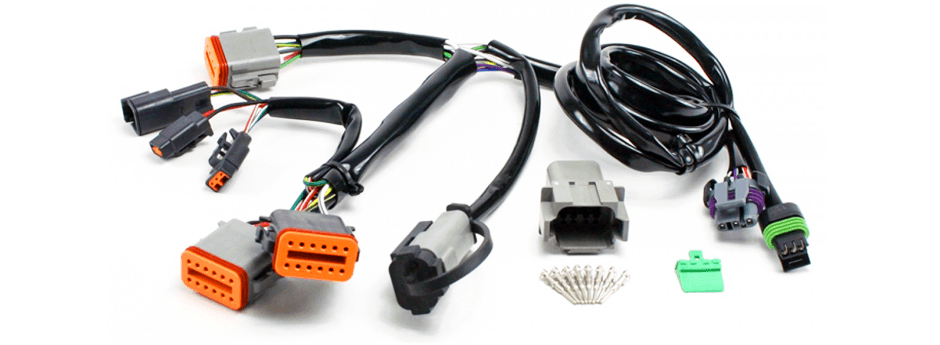Picking the correct wiring system for your product is an absolute must.
Choosing the wrong kind of Wiring System —one that’s not designed to handle the product’s noted electrical load, for instance—can lead to a commercial setback, as both you and the main manufacturer will have to scramble and waste production time trying to find a wiring system that fits the product’s electrical needs. Instead, it’s important to take your time, and to do your research thoroughly regarding your wiring needs before you pick out a system. Here are a few points to remember when Picking the Right Wiring System.
Picking the Right Wiring System
The Wire Harness Electrical Load
When choosing a wiring system, it’s important to understand your product’s voltage need. Wiring systems are specifically designed to handle certain voltage loads. Wires with a smaller wire diameter, for instance, are intended for lower voltage levels. While smaller wires might be more aesthetically pleasing, they aren’t designed to handle higher loads effectively: this can result in product failure, or worst-case scenario, the wires may seriously malfunction, creating a regrettable safety issue.
Wire Harness Safety
Wire systems have one main function: to transport electricity from a power source to a given product safely and effectively. The key word there is safely—if a wire system can’t handle a load properly, and a shortage occurs, this can potentially result in damages to the product, ranging from electrical- or fire-based damages. Or a faulty wiring system may result in physical harm to a user. Electrical fires and electrocution are extremely serious, so it’s critical that you choose a wiring system that’s designed to prevent these hazards from occurring.
Wire Harness Durability
Wiring systems need to be built to last. In short, a wiring system should be able to transfer a full-load of power without overheating. It also needs to maintain that efficient transfer rate for a substantial period of time. A wiring system basically needs to be able to function at top efficiency for years. If a manufacturer uses cheap materials to create the physical wiring and the sheathing, then the wiring system, while inexpensive, probably won’t last very long. Cheap wiring systems will have to be replaced constantly, and if a critical power failure occurs, the resulting short may cause physical harm to both the product and the user. In other words, when choosing a wiring system, go for the systems that can stand up to a little abuse.
Wire Harness Appearance
While safety and durability are more important in the long-run than appearance, it’s also critical to keep a wiring system’s aesthetic appeal in mind too. While you should choose a system that will guarantee overall product efficiency, it’s also a good idea to pick a system that matches the general design scheme of the given product. A sleek or minimalist-inspired product, for instance, probably won’t fit design-wise with a clunky wiring system.
The Cost of Wire Harnesses
When choosing components for a product, it’s vital to keep pricing in mind. For instance, you should look for a wiring system that strikes a balance between effectiveness and cost. You need a wiring system that won’t break your bank, so to speak, but it also shouldn’t be cheap or shoddy. Inexpensive wiring systems might be cheap for a reason: these systems often compromise safety or durability in order to hit that low price. Be open to spending a bit more to find that ideal system, but remember, you don’t have to pay exorbitant prices to find the best wiring system.
Your Wire Harness Design
In a perfect world, you should pick a wiring system that can be modified or upgraded to meet your production needs. If the system needs to be altered slightly in some way to accommodate your product’s specifications, it should be designed in a way that allows minor alterations without compromising the system’s effectiveness.
Choosing a wiring system takes a bit of work. However, if you keep the aforementioned points in mind—and you make sure to do your research beforehand—you’ll be able to find a system that properly meets your production needs.
